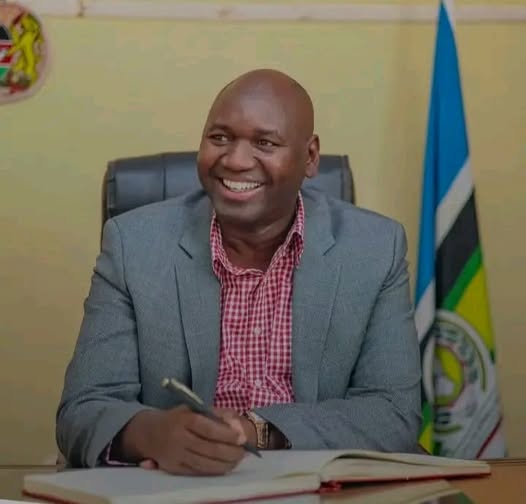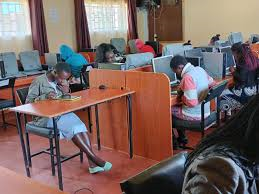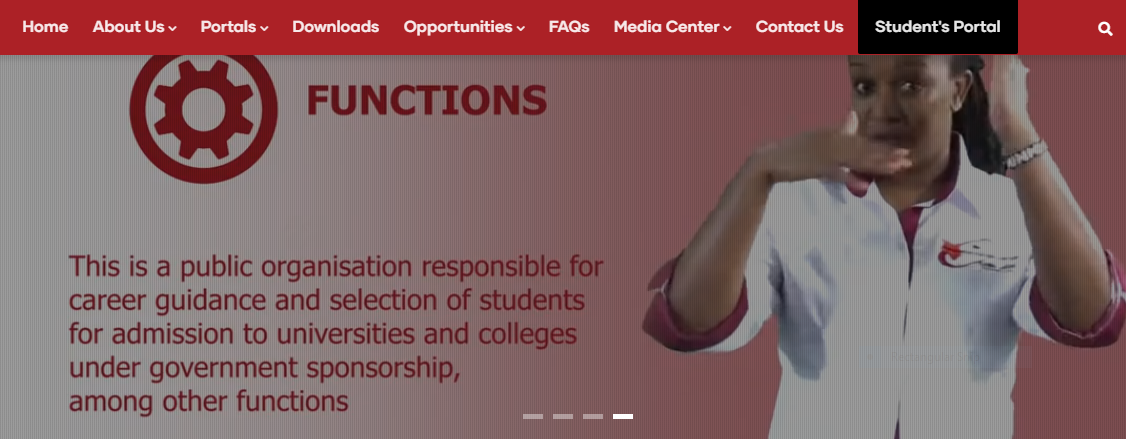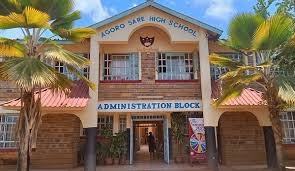Over 3,000 public secondary schools to be merged or closed
Over 3,000 public secondary schools across Kenya are at the verge of closure or forced mergers as the government considers consolidating institutions with low student enrolment to ease financial pressure and optimise resources.
Education Principal Secretary Julius Bitok has revealed that many of these schools, which have failed to attract Grade 10 learners under the new Competency-Based Curriculum (CBC), are operating with fewer than 150 students.
Speaking during a stakeholders’ forum, Bitok said the move follows insights from the recent placement exercise for over 1.2 million Grade 9 learners transitioning to senior secondary school under the CBC system. Data from the exercise revealed that more than half of the country’s 9,750 secondary schools were not selected by incoming Grade 10 learners.
“When we asked the principals what the reason for the non-selection of some schools was, we realised that more than 3,000 of these 9,750 schools have less than 150 students, meaning they are very small,” Bitok said.
He explained that while the reasons behind the low selection rates were not fully analysed, contributing factors could include infrastructure gaps, academic performance, school location and the perceived prestige of some schools. Bitok emphasised that the government intends to initiate a national conversation on the issue.
“We are going to call all stakeholders so we can have a national conversation on the sustainability of some of our schools, so that we are able to optimise the utility of resources,” the PS said.
The looming consolidation plan highlights the financial struggles facing Kenya’s public secondary schools, particularly those with small student populations. Bitok warned that schools failing to attract learners would lose out on capitation funds, worsening their financial challenges.
Currently, each secondary school learner is entitled to Sh22,244 per year in tuition funding, disbursed by the Ministry of Education in three tranches, 50 per cent in Term One, 30 per cent in Term Two and 20 per cent in Term Three.
However, the disbursement schedule has not been followed in the current calendar year, leading to a capitation deficit of Sh18 billion. Bitok said the funding shortfall is causing financial distress in schools, affecting day-to-day operations. Of the total arrears, Sh7.5 billion is owed for Term One and Sh10.5 billion for Term Two, resulting in stalled operations and mounting debts.
The Kenya Secondary Schools Heads Association (KESSHA) last week sounded the alarm over the situation, warning that public secondary schools, particularly day schools, are teetering on the brink of collapse due to delayed capitation funds from the National Treasury.
KESSHA officials have since urged the government to implement a minimum essential package for low-enrolment schools, as recommended by the Presidential Working Party on Education Reforms, to help cushion these institutions and sustain their operations.
Bitok acknowledged the proposal and said that interactive meetings with school principals in Elgeyo Marakwet had confirmed the severity of the issue.
“It was clear that there were issues that needed to be discussed as a country,” he said.
The financial challenges coincide with findings from a report by the Zizi Afrique Foundation and Usawa Agenda, which lists capitation and teacher shortages as major obstacles to effective education delivery in public schools. The report, titled State of Education in Kenya, identifies a lack of adequate staffing, poor ICT and science infrastructure, and limited physical amenities such as sanitation and ablution facilities as key barriers.
Nationally, only 33.9 per cent of secondary and senior schools offer computer lessons. Of these, 92.1 per cent are national schools (now classified as cluster 1), while only 17.3 per cent of sub-county schools (now cluster 4) provide computer lessons.







